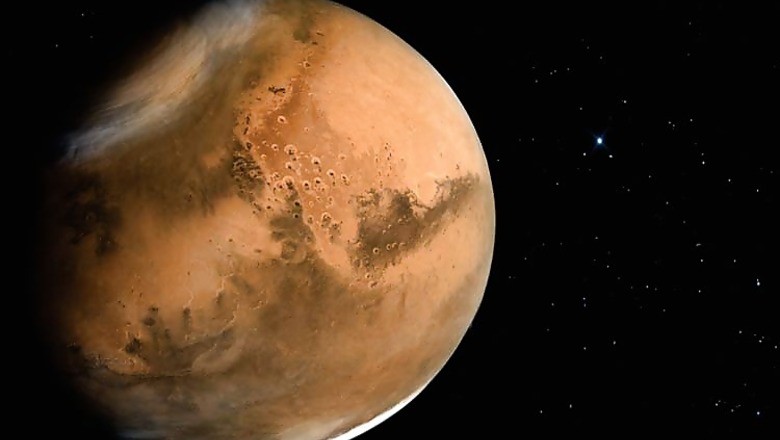
views
Miami: Nasa has outlined the many challenges that remain before humans can set foot on Mars, calling the problems "solvable" but setting no firm date for an astronaut mission to the Red Planet.
Updated details of the US space agency's Mars strategy were contained in a 36-page document released to the public late Thursday, ahead of upcoming talks with Congress about budgets for space exploration and a major international meeting of the space industry to be held in Jerusalem next week.
Astronauts who journey to Mars could spend three years in deep space, where radiation is high and so are the risks of cancer, bone loss and immune problems, said the document, called "Nasa's Journey to Mars: Pioneering Next Steps in Space Exploration."
"Living and working in space require accepting risk, and the journey is worth the risk," it said, calling Mars "an achievable goal" and "the next tangible frontier for expanding human presence."
But some experts said the report -- which included no schedule or budget -- was weak on key details.
John Rummel, senior scientist at the SETI Institute, said the document contained "curious shortcomings," noting that it only mentioned the terms "food" and "air" once, without elaborating on how astronauts will grow food in space in order to survive.
It also ignored "the fundamental issue of contamination risk" if Mars is found to host tiny life forms, or if humans take them there by accident, Rummel told AFP.
"The document does not address how the question of whether Mars provides a 'home to microbial life' today will be answered, or when, nor what that discovery would mean to future exploration," he said.
"Without sufficient care, Earth contamination could be misread as Mars life."
Nasa administrator Charles Bolden said in a statement that the US space agency is "closer to sending American astronauts to Mars than at any point in our history."



















Comments
0 comment